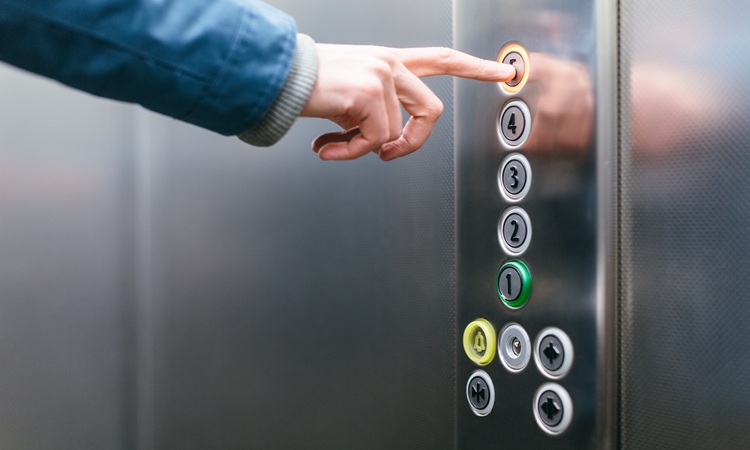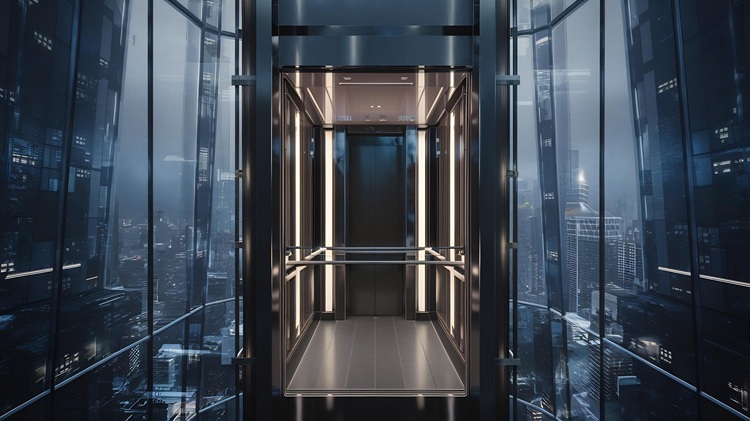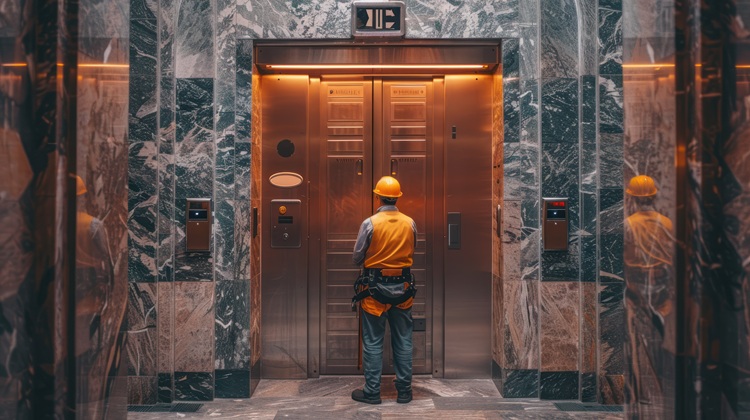How To Perform A Goods Lift Maintenance
Post Date : Dec 12, 2024
Today, elevators have become an essential installation in almost all types of buildings whether commercial or residential and form part of daily operations. As it runs almost 24/7, elevators need to be kept in a well-maintained condition so that they don't break down at any point of time and therefore compromise user safety.
Regular goods lift maintenance is a requirement for ensuring reliable service and an uninterrupted workflow. The goods lifts are usually placed in areas where heavy and bulky items need to be moved vertically. Without them, the job would be quite challenging, but proper maintenance ensures that it works, and this also serves to benefit building owners from costly breakdowns.
In this blog, let’s explore the importance of goods lift maintenance and its role in maintaining operational efficiency.
1. Daily Inspections
Conducting daily inspections of goods lifts is crucial. During the inspection, check that bolts and screws are secure, cables, chains, and pulleys show no signs of wear or tear, and ensure there are no obstructions in the shaft or on the platform. Addressing these issues early prevents significant malfunctions.
2. Lubricating the Moving Parts
Friction could result in wearing off the mechanical parts. Lubricating the moving parts will therefore increase their life span as well as smooth operation. Use the recommended lubricant by the manufacturer for the chains, pulleys, guide rails, hinges, and doors.
3. Checking Electrical Components
Mostly, goods lift breakdowns are brought on by faulty wiring or electrical defects. Look out for electricity components like control panels, switches, circuits, and indicator lights. Be sure to adjust any defects to ensure services are not interfered with.
4. Maintenance by Plan
Regular goods lift maintenance involves creating and sticking to the routine for it to keep running. The maintenance plan may include monthly checks by in-house teams, quarterly services by certified technicians, and annual inspections for compliance and performance. A planned calendar for maintenance reduces the break down, accidents, and downtime of the goods lifting operations.
5. Service Repairs Immediately
It can lead to the breakdown of goods lifts because of a delay in repairing minor problems. But it's as important to address major repairs as it is to address minor problems early on in order to have smooth and uninterrupted operation and save long-term costs.
6. Test Safety Features
There is no room for compromise in safety features of goods lifts. Regularly test safety mechanisms like emergency stop buttons, brakes, overload sensors, and alarm systems. Proper alignment and closing of lift doors will also avoid accidents. Furthermore, verify that the lift stops at accurate designated levels to rule out risks. Always bring any safety concern to your attention so that a safe working environment can be ensured.
Conclusion
In conclusion, maintaining a goods lift is crucial for ensuring its efficiency, safety, and longevity. Regular inspections, lubrication, electrical checks, and adherence to a well-structured maintenance schedule can prevent breakdowns and extend the lift's operational life. By addressing minor issues promptly and testing safety features consistently, building owners can avoid costly repairs and ensure the smooth transport of heavy goods. Prioritizing maintenance not only keeps the lift functioning optimally but also protects the safety of users and safeguards against downtime, making it an essential investment for any building.






